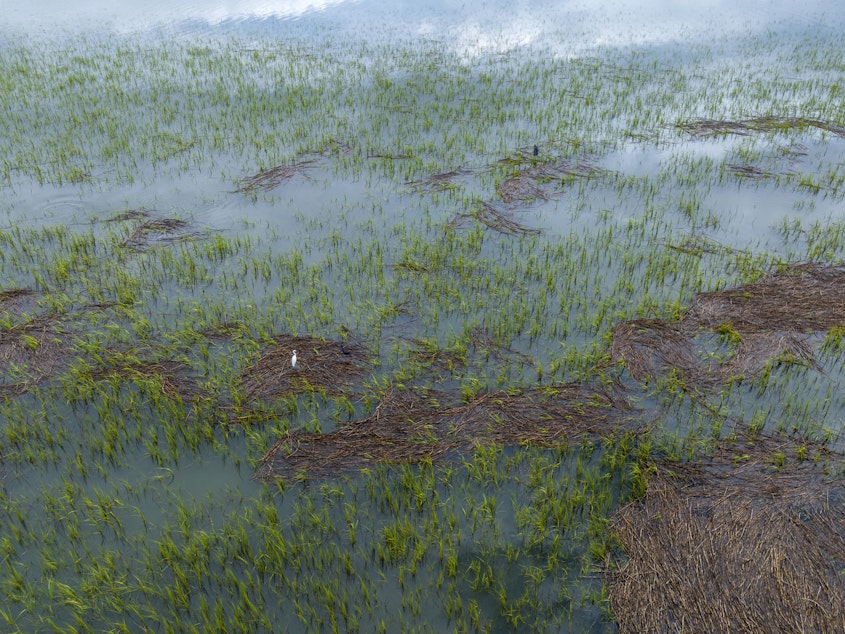The EPA removes federal protections for most of the country's wetlands

The Environmental Protection Agency removed federal protections for a majority of the country's wetlands on Tuesday to comply with a recent U.S. Supreme Court ruling.
The EPA and Department of the Army announced a final rule amending the definition of protected "waters of the United States" in light of the decision in Sackett v. EPA in May, which narrowed the scope of the Clean Water Act and the agency's power to regulate waterways and wetlands.
Developers and environmental groups have for decades argued about the scope of the 1972 Clean Water Act in protecting waterways and wetlands.
"While I am disappointed by the Supreme Court's decision in the Sackett case, EPA and Army have an obligation to apply this decision alongside our state co-regulators, Tribes, and partners," EPA Administrator Michael Regan said in a statement.
A 2006 Supreme Court decision determined that wetlands would be protected if they had a "significant nexus" to major waterways. This year's court decision undid that standard. The EPA's new rule "removes the significant nexus test from consideration when identifying tributaries and other waters as federally protected," the agency said.
In May, Justice Samuel Alito said the navigable U.S. waters regulated by the EPA under the Clean Water Act do not include many previously regulated wetlands. Writing the court's decision, he said the law includes only streams, oceans, rivers and lakes, and wetlands with a "continuous surface connection to those bodies."
The EPA said the rule will take effect immediately. "The agencies are issuing this amendment to the 2023 rule expeditiously — three months after the Supreme Court decision — to provide clarity and a path forward consistent with the ruling," the agency said.
As a result of the rule change, protections for many waterways and wetlands will now fall to states.
Environmental groups said the new rule underscores the problems of the Supreme Court decision.
"While the Administration's rule attempts to protect clean water and wetlands, it is severely limited in its ability to do so as a result of the Supreme Court ruling which slashed federal protections for thousands of miles of small streams and wetlands," said the group American Rivers. "This means communities across the U.S. are now more vulnerable to pollution and flooding. Streams and wetlands are not only important sources of drinking water, they are buffers against extreme storms and floodwaters."
"This rule spells out how the Sackett decision has undermined our ability to prevent the destruction of our nation's wetlands, which protect drinking water, absorb floods and provide habitat for wildlife," said Jim Murphy, the National Wildlife Federation's director of legal advocacy. "Congress needs to step up to protect the water we drink, our wildlife, and our way of life."
Meanwhile, some business groups said the EPA's rollback did not go far enough.
Courtney Briggs, chair of the Waters Advocacy Coalition, said federal agencies "have chosen to ignore" the limits of their jurisdictional reach. "This revised rule does not adequately comply with Supreme Court precedent and with the limits on regulatory jurisdiction set forth in the Clean Water Act," she said in a statement. [Copyright 2023 NPR]
